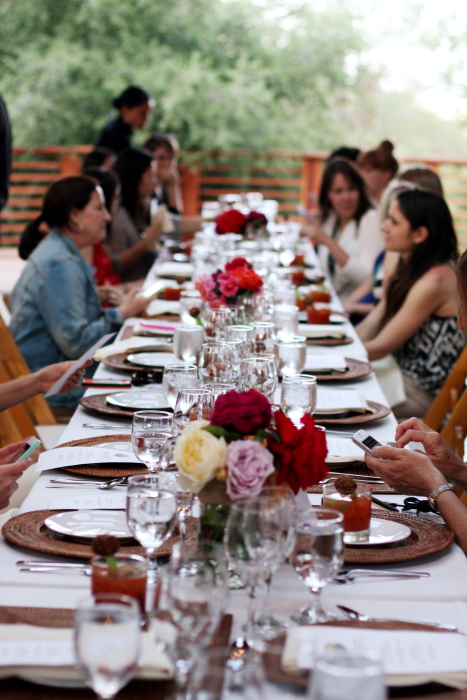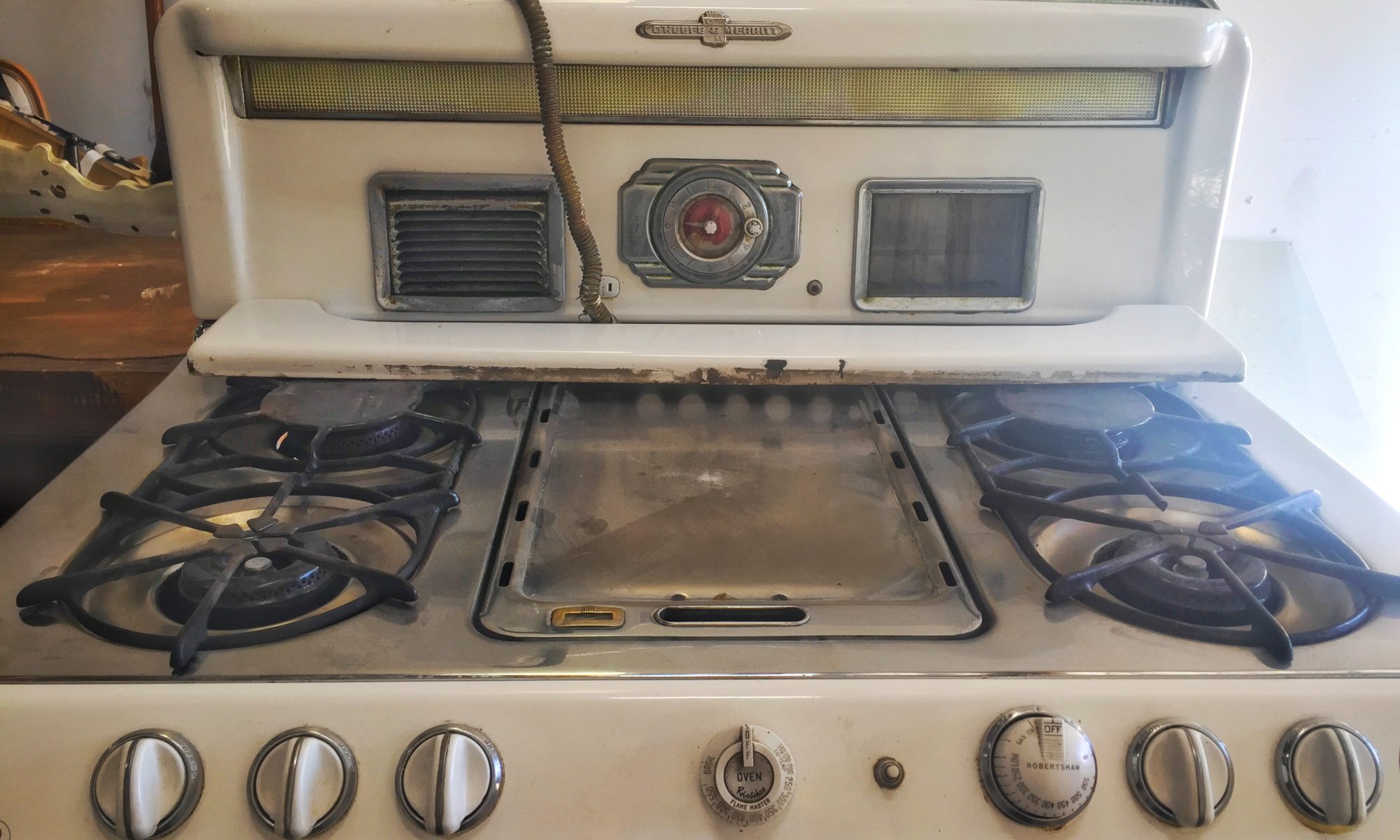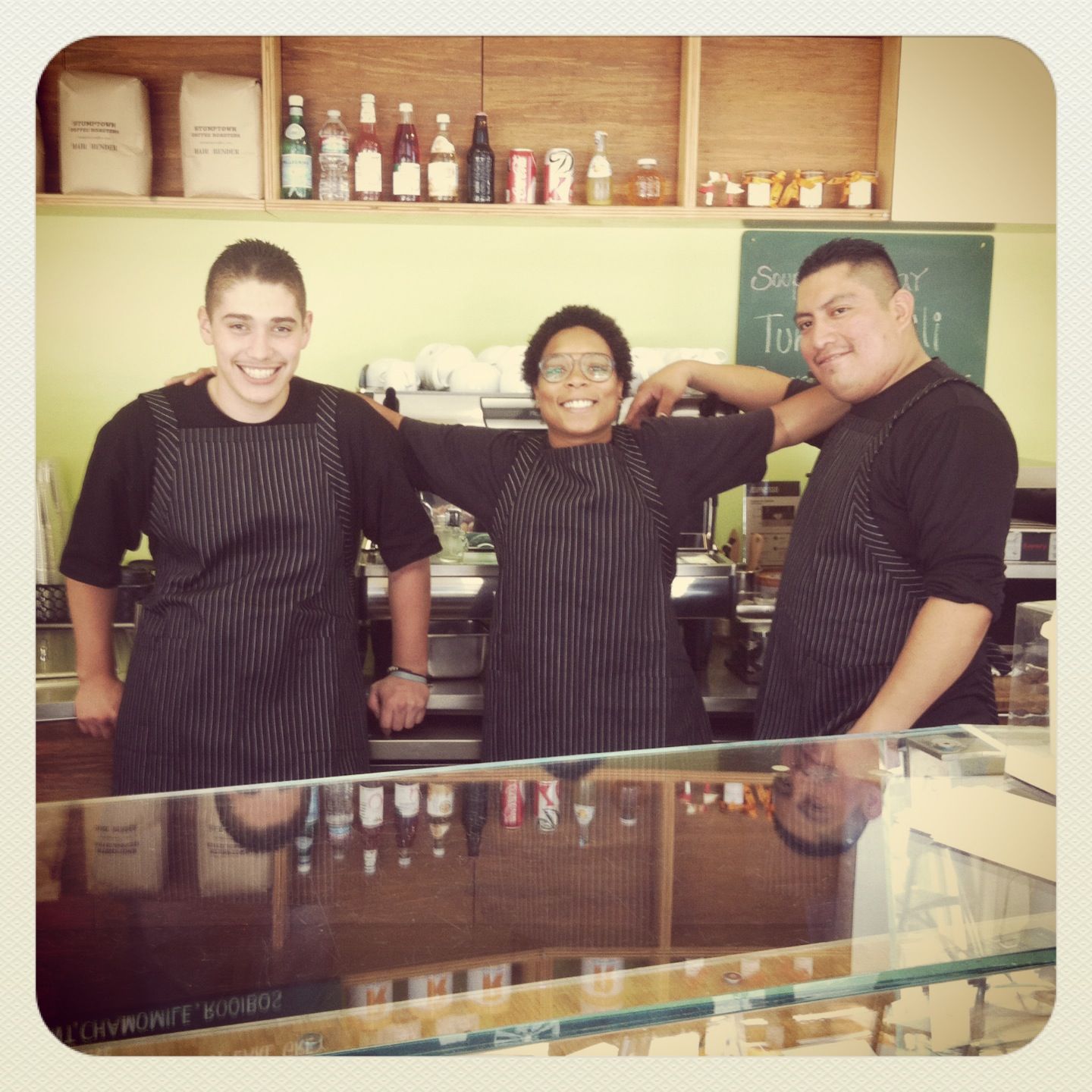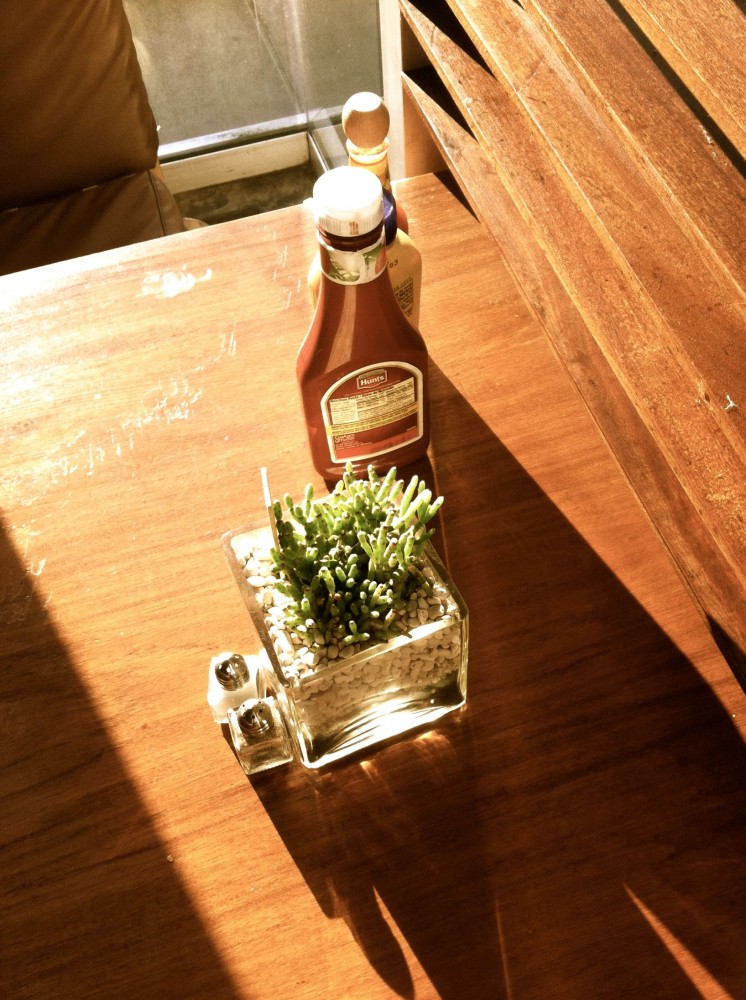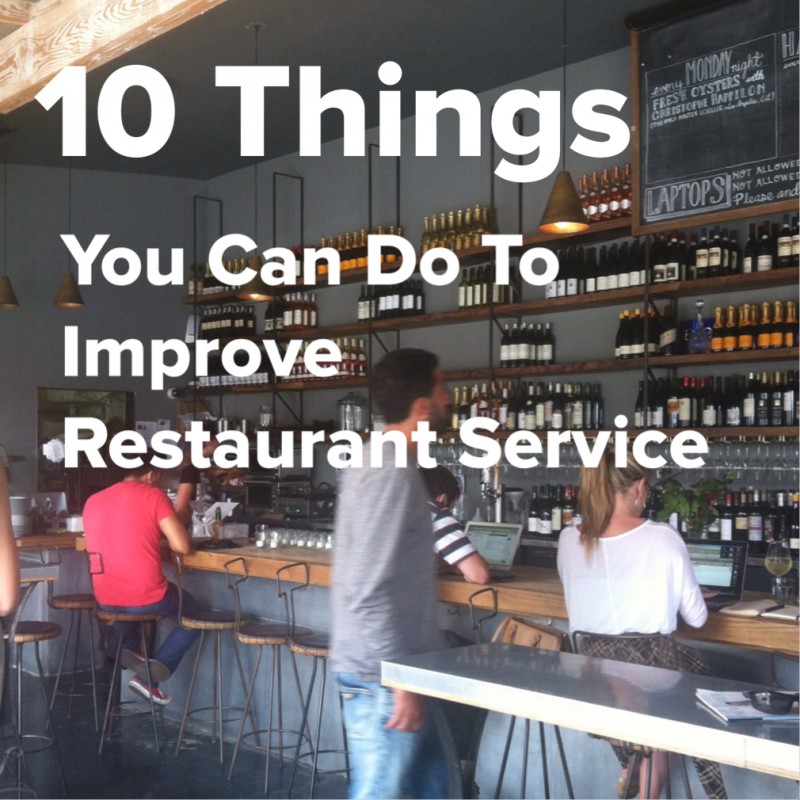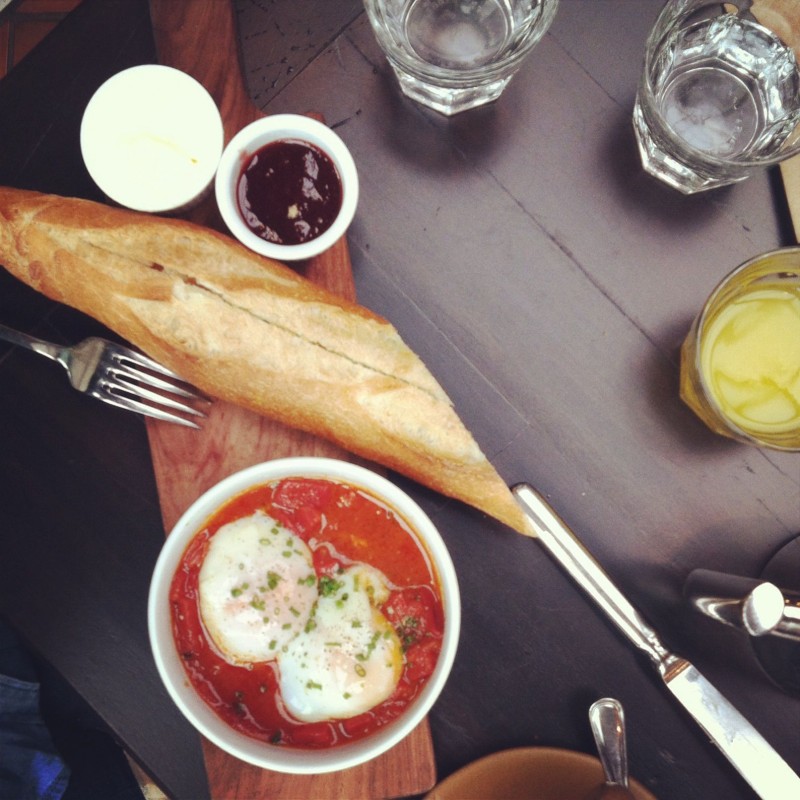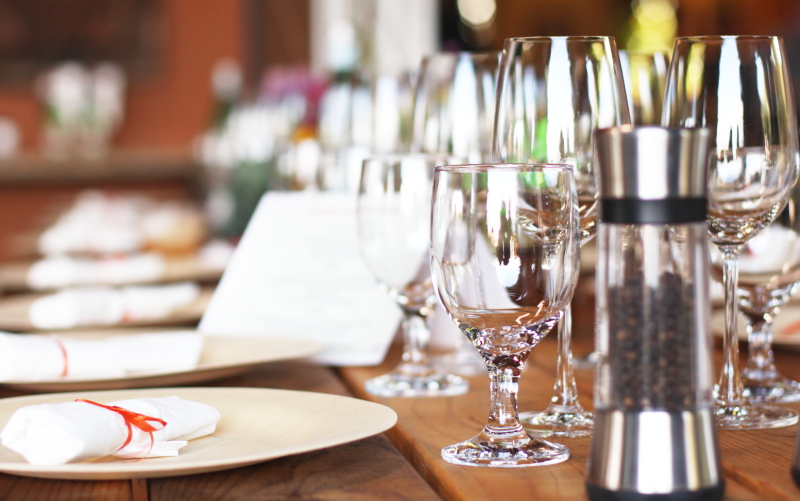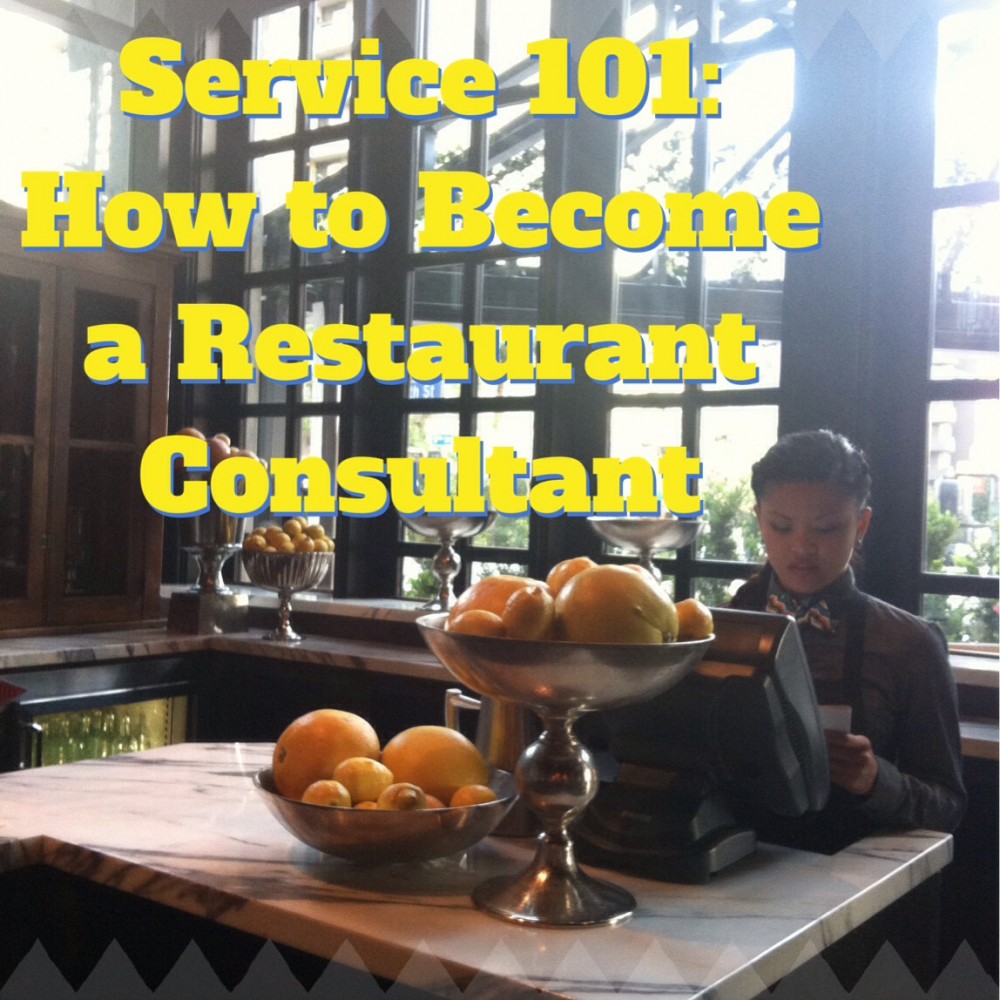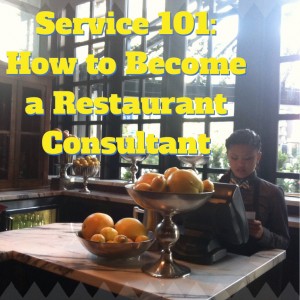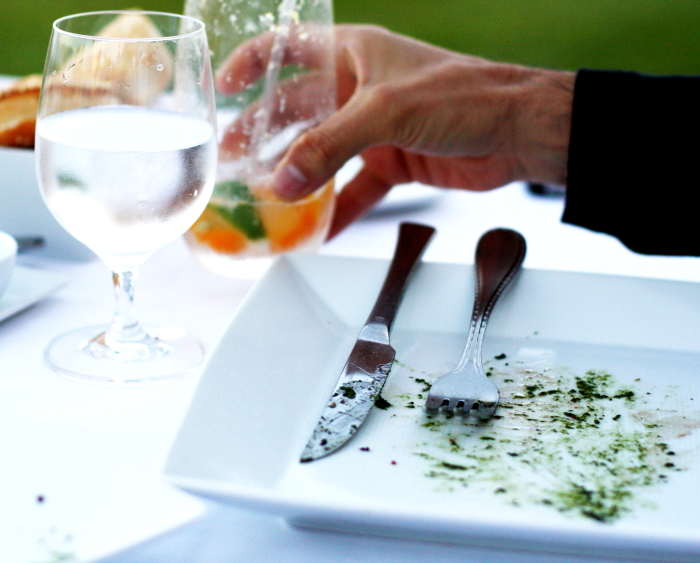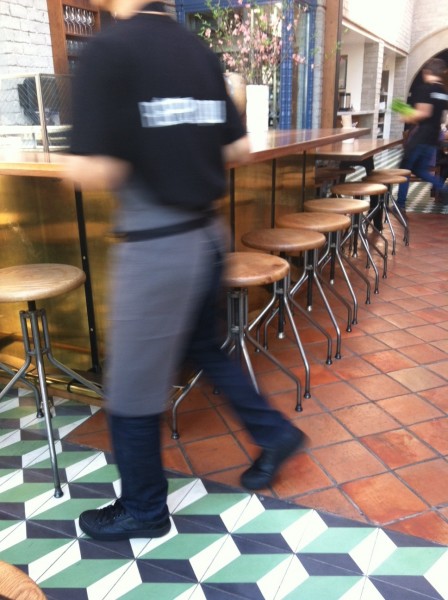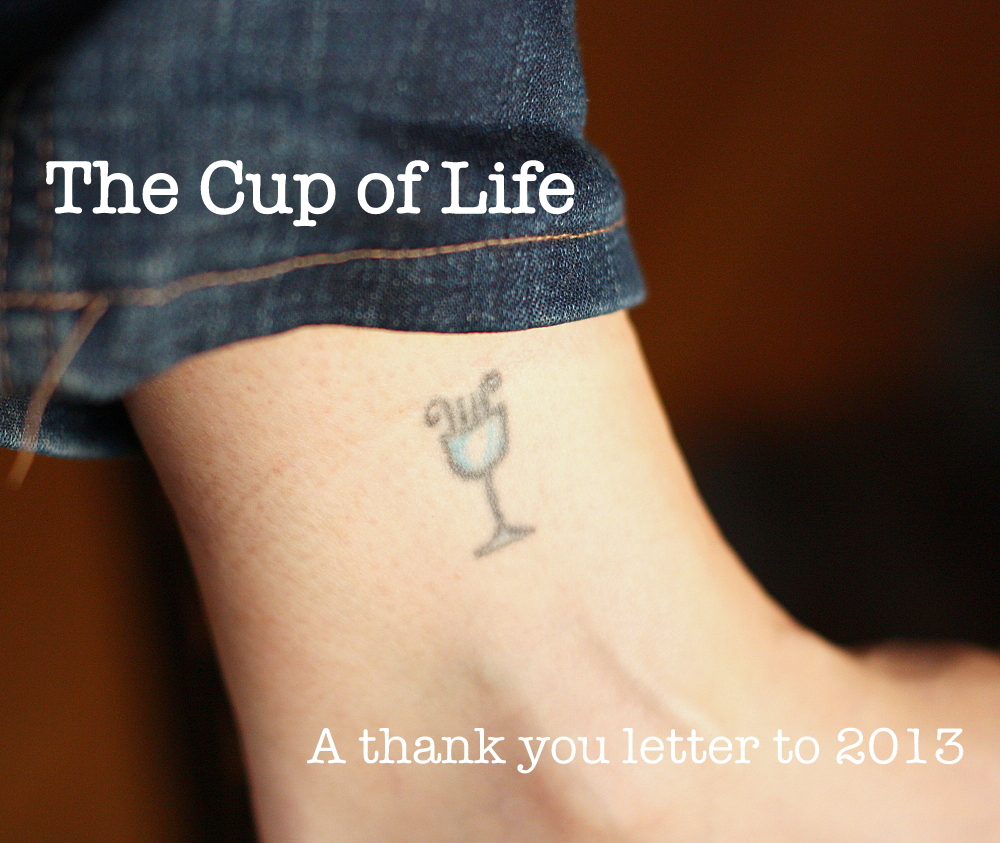
Perhaps the rule book hasn’t been written yet, but I have yet to find the definitive guide to overcoming the unique set of challenges of being a woman, a leader, and a restaurant professional.
But it’s a thing. Being a woman and a boss is tough. I think not enough restaurant people are talking about it.
Since the beginning of restaurants, men have dominated the landscape. Even women as a dining public were not allowed to dine out until the 1900’s. Women diners were not even allowed in the same dining rooms with men until the mid 1920’s.
Becoming a female leader in restaurants has been even more difficult. “Respectable women” weren’t even allowed to work in restaurants (as waitresses and hosts) until the 1940’s. Rare were the women running kitchens, overseeing business, and owning the establishment.
Married women may have been allowed a hand in running restaurants in the early days of America, but owning a restaurant outright was nearly impossible.
Restaurant ownership continued to be a challenge for women well in to the 1970’s. Banks would refuse women credit, restaurant supply companies would overcharge for supplies, vendors would charge high deposits and communities would shame women for being indecent.
Considering history, I shouldn’t be so surprised by the challenges I’ve experienced working in restaurants as a female. The mere idea of women in charge isn’t even something that’s been in existence for 80 years.
If you are the boss and you happen to be female, you are more prone to being labelled a bitch or a battle axe. Bitch is a clever little word that’s meant to demean and shame. Battle Axe the kind of description that’s meant to hurt and give tough women who stand up for something, something to be ashamed of.
In my experience, I have seen men do the same things I have done and instead of being shamed for it, they’ve been given raises, promotions, and earned the moniker of being idiosyncratic.
GET JUDGED. FIGHT FOR RESPECT.
One of the key differences between men and women in leadership is that men are often given respect right away and over time earn judgement. Women in charge, however, get judgement up front and have to fight hard to earn respect.
FEMALE ROLE MODELS ARE HARD TO FIND
When I started out working in restaurants I was a teenager. I was naive, never-been-kissed, and eager to please. So when I stepped into the kitchen of East End Seafood as a “soda girl” I was uncertain where my place was. The males cooked and the women stacked high towers of fried food, made drinks with raspberry syrup and limes, microwaved cups of chowder and rang up customers at the push-button cash register.
80’s rock played on the radio and cooks talked about hooking up with girls and getting wasted. They also spent a lot of time shaming all the girls working in the kitchen, too, about how we looked, how sexually naive we were, and what we could expect to have be done to us.
Once when I was collecting limes in the walk in, one of the cooks stepped into the cold storage closet and rubbed himself against me and whispered something into my ear.
I was scared, confused, and oddly aroused. I laughed, because I didn’t know what else to do. I stood by the box of limes and waited for him to leave. When I went back to making Lime Rickies, I wrote the whole thing off as flirting–even though every word out of his mouth after that was mean and degrading.
At the time, I didn’t think I could go to the people in charge with what happened. The owners were a husband wife team. Tasos called the young women who worked for him chicks (even though I asked to be called a young woman). He kept his chain-smoking wife silent whenever it came time to make decisions.
Later, after graduating from college, I got a job as a bartender in a live music club outside of Boston, Massachusetts.
I was one of the first women to work behind the bar. I learned from my colleagues that the nights I worked behind the bar with them were more lucrative –especially when I wore tight shirts. When I showed up to work in a baggy black tee shirt and jeans one night I got an earful from my co-worker. “You really gotta think about how you dress,” he said. No one seemed to care that his jeans were ripped and his tee shirt hung over his belly like a tent.
I moved to Los Angeles in the late 90’s. After graduating from film school, I eventually became a server in a fine-dining restaurant called Opaline, a ground-breaking restaurant of the early 2000’s. I wasn’t confident in my role as a server. The menu had dishes with elegant names and ingredients I had never seen or heard of before. There was lamb’s tongue, beef cheeks, and a French cassoulet.
It was there at this ground breaking restaurant, that I was first introduced to a female chef who was helping out in the kitchen that night. Her name was Suzanne Goin. She was a stoic, powerful force at the stove. She looked like a seasoned ballerina, with long, lithe limbs. Her movements were precise and elegant.
I was a nervous wreck when I stepped in to the kitchen and approached Suzanne for the first time. She was the first female chef I had ever met, let alone see in action, and I had been working in restaurants for a decade.
I blurted out some meandering story about vegetarians and food allergies and finicky diners when Suzanne put down her sauté pan and stared at me with an intensity I will never forget.
“I don’t care about the story,” she said. “Just tell me what they want.”
Her words hit me in the gut. Her steady gaze made me forget how to speak English.
The strength she had, her drive to get shit done–regardless of how I felt about it–scared the breath out of me. It took me a moment to gather myself and recollect my use of the English language.
“Can you m-m-make the pasta without the meat?”
“OK,” she said. She snapped her head back to the contents of her pan and put it back onto the flame. I stumbled out of the kitchen, stunned.
She scared me.
Months later, I was able to extract from the interaction a precious jewel of experience. Suzanne showed me that to get things done sometimes, you have to be direct. She taught me the importance of communicating quickly and with confidence–especially around a hot stove.
She didn’t resort to talking down to me, or to shame me. She asked me to make myself clear.
My interaction with Suzanne shone a light on my own embedded sexism I had been programmed with my whole life. Her power frightened me. I judged her because she didn’t call me sweetie or say something nice when I came into the kitchen. She was a boss at the stove, and she didn’t give a shit if I liked her or not. She was there to get the job done, and she wanted it done well.
I began to recognize my need to dance around a thing in order to avoid being direct. I wanted to make sure everyone liked me. But Suzanne taught me that if you want to get things done in a kitchen or a busy dining room, there might not be time to be nice. Just say the thing.
Suzanne was the kind of woman I wanted to be.
Continue reading “Battle Axes and Bitches”


